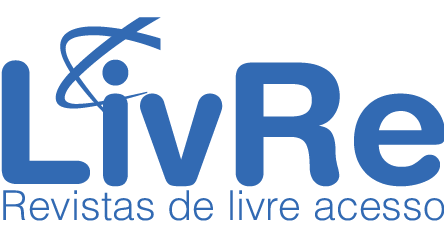Appealing to Creativity Through Solving and Posing Problems in Mathematics Class
Resumo
Background: Creativity should be a key issue in mathematics learning. However, mathematics class rarely provides opportunities for students to experience it. Problem solving and posing can play a leading role in promoting creative thinking in mathematics. Objectives: This study aims to have an insight into 6th-graders understanding of problem solving and posing, analyse their solving strategies, their ability to pose problems, and their difficulties when doing so. Design: Qualitative methods were used in a case study approach. An intervention of five sessions comprising five problem-solving and four problem-posing tasks was implemented in mathematics class. Setting and Participants: Participants were thirty 6th-graders (11-12 year-olds) from a public supported school in Braga (Portugal). Data collection and analysis: Data collection used photographs, audio recordings, students’ written productions, and researcher field notes. Results: Students conceptualised strategies such as building schemas and tables, solving from the end to the beginning, making attempts, and reducing to a simpler problem. Students faced problem posing positively, creating problems adjusted to the requirements, with a wide variety of creative contexts. Students’ difficulties in problem solving rely on the interpretation of statements, recognition of previous similar problems, and mathematical communication; on problem posing, difficulties regarding the complexity of the formulated problems and a weak diversity of problems were identified. Conclusions: Problem solving and posing tasks can promote mathematical creativity and knowledge, therefore should be used more often in mathematics class, allowing the construction of solid mathematical skills and enthusiasm.
Palavras-chave
Creativity in mathematics; Problem-solving; Problem-posing
Texto completo:
PDF (English)DOI: https://doi.org/10.17648/acta.scientiae.7024
Apontamentos
- Não há apontamentos.
Direitos autorais 2022 Paulo Miranda, Ema Mamede

Esta obra está licenciada sob uma licença Creative Commons Atribuição 4.0 Internacional.
ANÚNCIOS
Informamos que, a partir de outubro de 2025, devido ao grande número de artigos na fila de submissão, está suspenso o aceite de submissões. Rebriremos em fevereiro de 2026.
Mais, informamos que sites fraudulentos, https://periodicos-ulbrabr.org e https://periodicos-ulbrabra.org, estiveram se passando pela Acta Scientiae, utilizando nosso nome e identidade visual e até solicitado taxas de APC, que nós não cobramos. Aconselhamos cautela para evitar serem enganados por sites semelhantes.
Conceito A2 na Capes(2021)
Índice h5 do Google Scholar: 13
Índice mediana h5 do Google Scholar:24
eISSN: 2178-7727
Indexações:
A Acta Scientiae é indexada em: | Scopus |  | Latindex |  | Edubase (SBU/UNICAMP) |
 | Sumarios.org |  | Google Scholar |  | Portal LivRe (CNEM) |
 | Journals for Free |  | REDIB |  | Galoá DOI |

Todos os trabalhos publicados aqui estão sob uma licença Creative Commons - Atribuição 4.0 Internacional.
